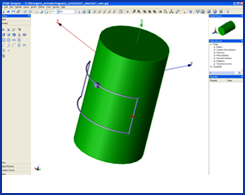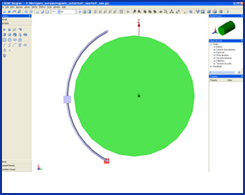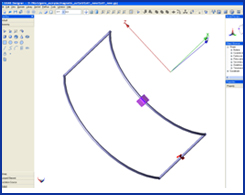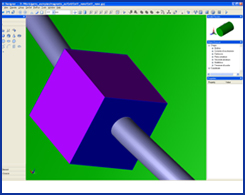| Configuration: | Cylinder: er=81, s=0.6S/m
Cylinder radius: 8.5 cm
Cylinder height: 28 cm
Wire: copper
Wire major radius: 10.15 cm
Wire minor radius: 0.15 cm |
| ----------------------------------------------------------------------------------------------------------------------------------------------------------------------------------------- |
Simulation result for
test case 1: | Cylinder: (8.875, -0.95, 0)
Dielectric inside capacitor: permittivity = 8257; permeability = 0.999991
R_simulated = 137.1 mOhms
R_measured = 140.0 mOhms |
| ----------------------------------------------------------------------------------------------------------------------------------------------------------------------------------------- |
Simulation result for
test case 2: | Cylinder: (9.3, -0.65, 0)
Dielectric inside capacitor: Permittivity = 9214; permeability = 0.999991
R_simulated = 178.3 mOhms
R_measured = 157.0 mOhms |
| ----------------------------------------------------------------------------------------------------------------------------------------------------------------------------------------- |
Simulation result for
test case 3: | Cylinder: (9.8, -0.95, 0)
Dielectric inside capacitor: Permittivity = 14800; permeability = 0.999991
R_simulated: 227.2 mOhms
R_measured: 196.5 mOhms |



